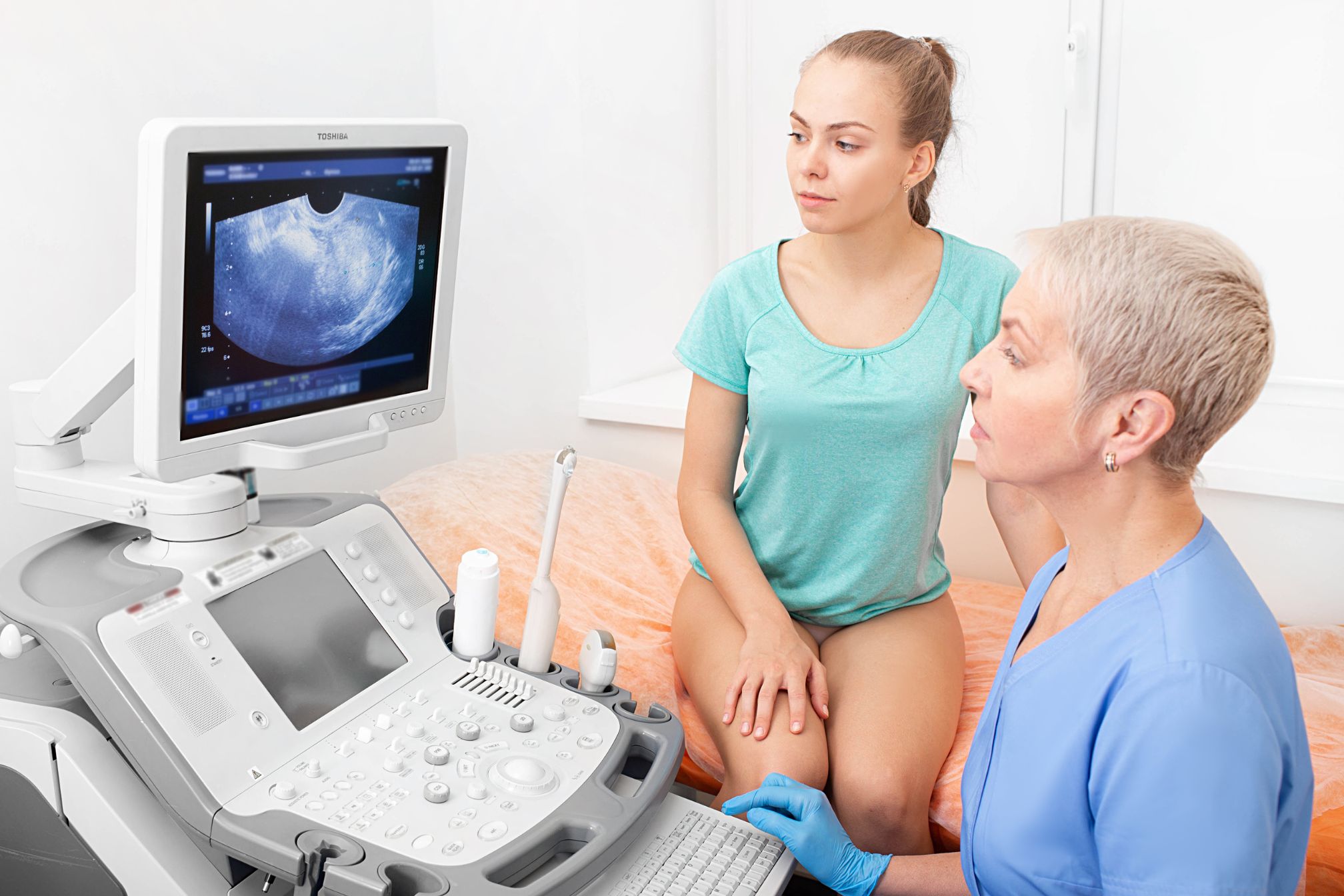The human respiratory system is a complex and vital network that supplies oxygen to the body’s cells while removing carbon dioxide. This biological system encompasses the airways, lungs, and respiratory muscles, working in unison to facilitate gas exchange between the body and its environment. This comprehensive exploration delves into the anatomy and physiology of the respiratory system, its essential functions, and the intricate processes that underpin breathing and gas exchange.
Anatomy of the Respiratory System
The human respiratory system can be anatomically divided into two main sections: the upper respiratory tract and the lower respiratory tract.
Upper Respiratory Tract
- Nasal Cavity: Air enters through the nostrils, where it is filtered, warmed, and humidified, preparing it for entry into the lungs.
- Pharynx (Throat): Serves as a pathway for both air entering the lungs and food entering the digestive system.
- Larynx (Voice Box): Located below the pharynx, the larynx contains the vocal cords and acts as a gateway to the trachea, preventing food and drink from entering the airways.
Lower Respiratory Tract
- Trachea (Windpipe): A tube extending from the larynx to the chest cavity, where it divides into two main bronchi, one for each lung.
- Bronchi and Bronchioles: The main bronchi branch into smaller bronchioles within each lung, further subdividing to reach every lung section.
- Alveoli: Tiny air sacs at the end of bronchioles where gas exchange occurs. Each alveolus is surrounded by a network of capillaries where oxygen and carbon dioxide are exchanged between the air and the bloodstream.
Lungs
The lungs are two large respiratory organs located on either side of the chest. The right lung is divided into three lobes, while the left lung has two lobes, making room for the heart. The pleura, a double-layered membrane, encloses each lung, providing lubrication and facilitating smooth movement during breathing.
Respiratory Muscles
- Diaphragm: A dome-shaped muscle that separates the thoracic (chest) cavity from the abdominal cavity. Contraction of the diaphragm increases the volume of the chest cavity, drawing air into the lungs.
- Intercostal Muscles: Located between the ribs, these muscles assist in expanding and contracting the chest cavity during breathing.
Physiology: Breathing and Gas Exchange
Breathing, or pulmonary ventilation, consists of two phases: inhalation (inspiration) and exhalation (expiration).
- Inhalation: The diaphragm contracts and flattens, while the intercostal muscles contract, expanding the chest cavity. This decreases the air pressure within the lungs compared to the atmosphere, causing air to flow into the lungs.
- Exhalation: The diaphragm and intercostal muscles relax, causing the chest cavity to decrease in volume and increase air pressure within the lungs, pushing air out.
Gas Exchange
The primary purpose of the respiratory system is gas exchange, which occurs in the alveoli of the lungs.
- Oxygen: Oxygen in the air diffuses from the alveoli into the capillaries, where it binds to hemoglobin in red blood cells, being transported to body tissues for cellular respiration.
- Carbon Dioxide: Carbon dioxide, a waste product of metabolism, diffuses from the blood into the alveoli to be expelled from the body during exhalation.
Regulation of Breathing
Breathing is regulated by the respiratory center in the brainstem, which automatically adjusts breathing rate and depth based on the body’s oxygen and carbon dioxide levels. Chemoreceptors in the body monitor these levels, signaling the respiratory center to increase or decrease ventilation as needed.
The Role of the Respiratory System in Health and Disease
The respiratory system is crucial for life, supporting cellular function and maintaining homeostasis. Diseases of the respiratory system, such as asthma, chronic obstructive pulmonary disease (COPD), pneumonia, and lung cancer, can significantly impact health and quality of life. Environmental factors, including air pollution and smoking, can also affect respiratory health.
Understanding the human respiratory system is fundamental to comprehending how our bodies utilize the air we breathe to sustain life. From the initial inhalation of air to the intricate process of gas exchange in the alveoli, each component of the respiratory system contributes to the vital act of breathing, highlighting the complexity and resilience of the human body.










